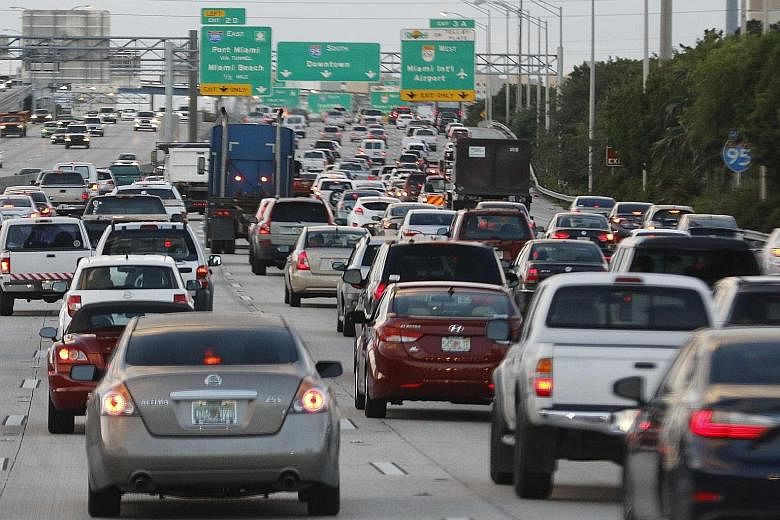From Beverly Hills to The Hamptons, luxury cars on American roads are relying on help from Asia to keep them purring with high-octane petrol.
While the US shale boom has driven more domestic crude into refineries across the country, the resulting petrol typically is not ideal for the engine of a Corvette Stingray, Rolls-Royce Phantom or even a Nissan Infiniti. That is prompting a surge of shipments from Asia carrying additives, including alkylates, which are blended with motor fuel to boost vehicle performance.
The United States imported almost 10 times as much of those petrol components from the Asian oil trading hub of Singapore in 2015 against a year earlier, according to data from the US Energy Information Administration. The shipments show how the shale boom is shifting global trade flows and helping refiners like India's Reliance Industries find new markets.
"Americans love their SUVs, high-performance engines and muscle cars," said chief strategist John Driscoll at JTD Energy Services. "These engines need high-octane fuel to hit peak performance and prevent engine damage."
US shale oil is usually of a lighter variety that yields petrol with lower octane. While this supply is fine to use in regular cars, it tends to burn prematurely in the more powerful motor of a Porsche or Ford Mustang, leading to what is called a knock and potential damage. Blending components such as alkylates raise octane levels.
Premium petrol cost on average about 49 US cents a gallon (about 66 Singapore cents per 3.8 litres) more than the regular variety on June 27, according to figures from the American Automobile Association. The difference was as low as 13 US cents in 2009 and rose to about 30 US cents in 2011 after the shale boom took off.
"The price of high-octane petrol has risen much more strongly than the normal stuff, which means it's because of demand," said Mr Ehsan Ul-Haq, a senior consultant at KBC Advanced Technologies in London. "In the US, people always look at more power when they buy cars and SUVs. If oil prices are relatively low, people don't care."
Demand for blending components could rise further next year as new regulations requiring the reduction of sulphur content in fuels are implemented in the US. The process used by refiners to remove the impurity has the effect of also reducing octane levels, potentially boosting the need for additives.
A slowdown in fuel margins has prompted refiners to turn to petrochemicals, including blending components, as a key source of income. Profits from processing benchmark Dubai crude in Asia have averaged less than US$6 a barrel this year, compared with US$8.25 in the first six months of 2015, Bloomberg data shows.
"Refiners like Reliance normally send their material where they can get the highest price," Mr Ul-Haq said. "The US is a destination for these refiners because it's the largest petrol consumer in the world."
"Once you get addicted to high- octane stuff, then you want to keep using it," he added. "People want to put a tiger in the tank instead of lower-octane stuff."
BLOOMBERG

